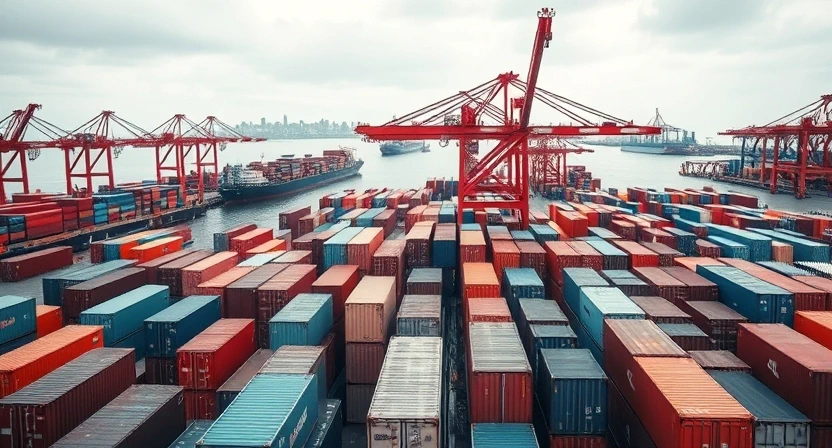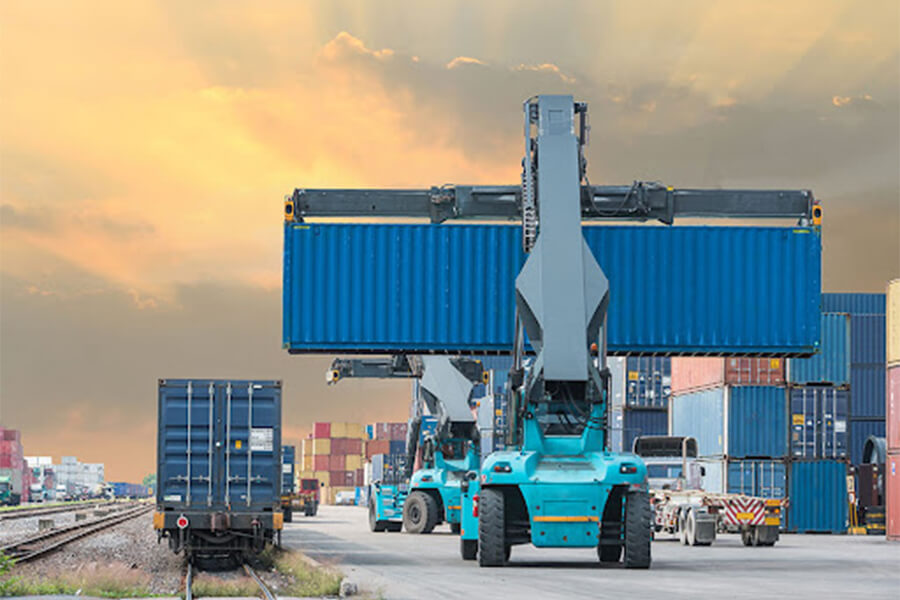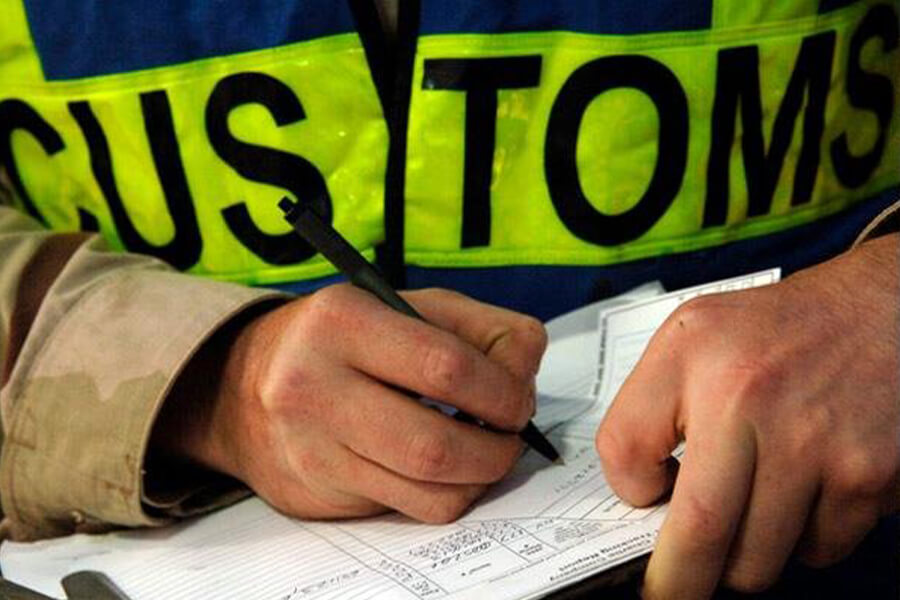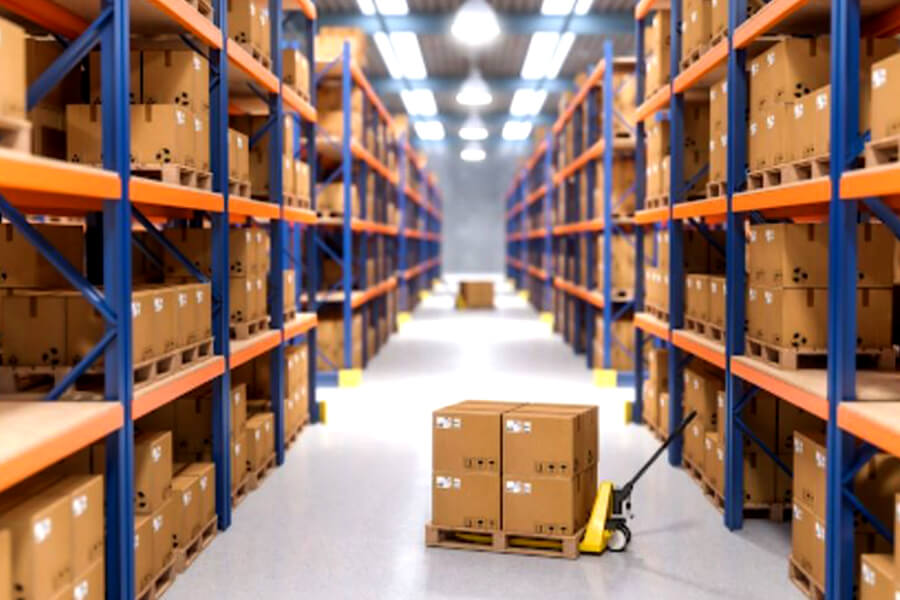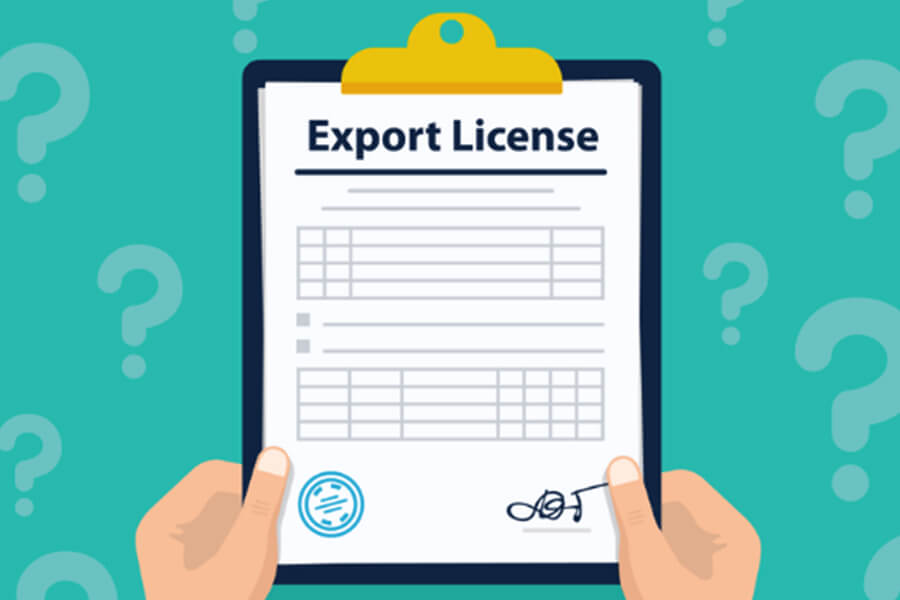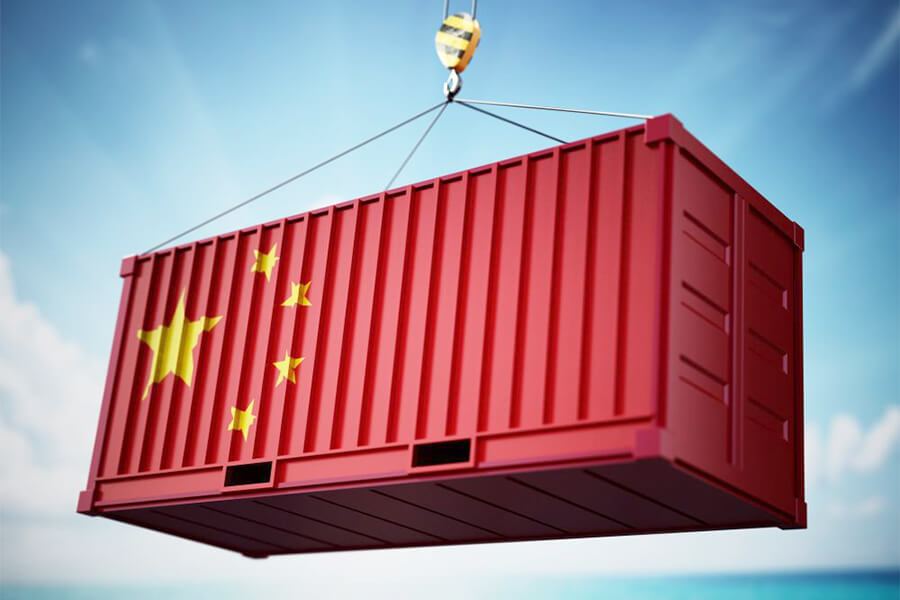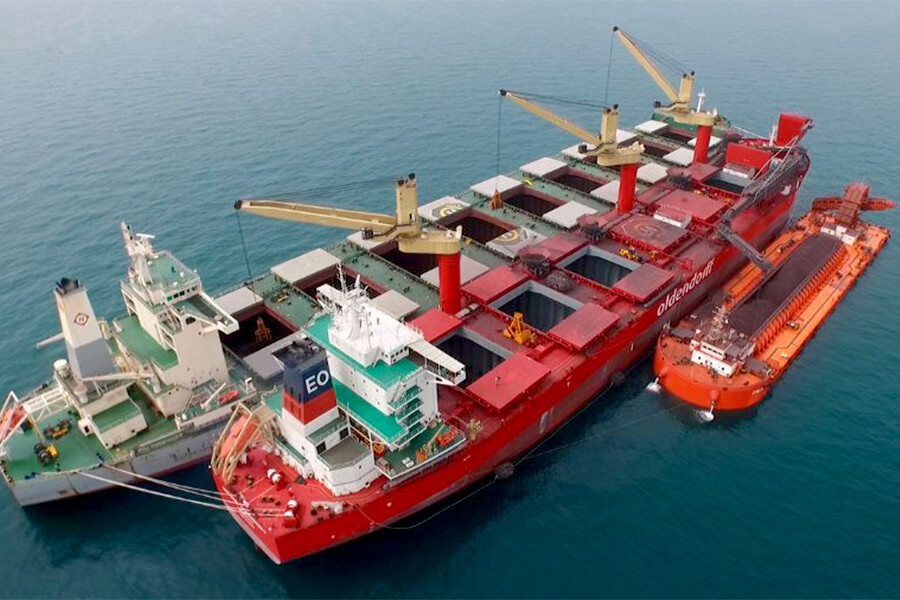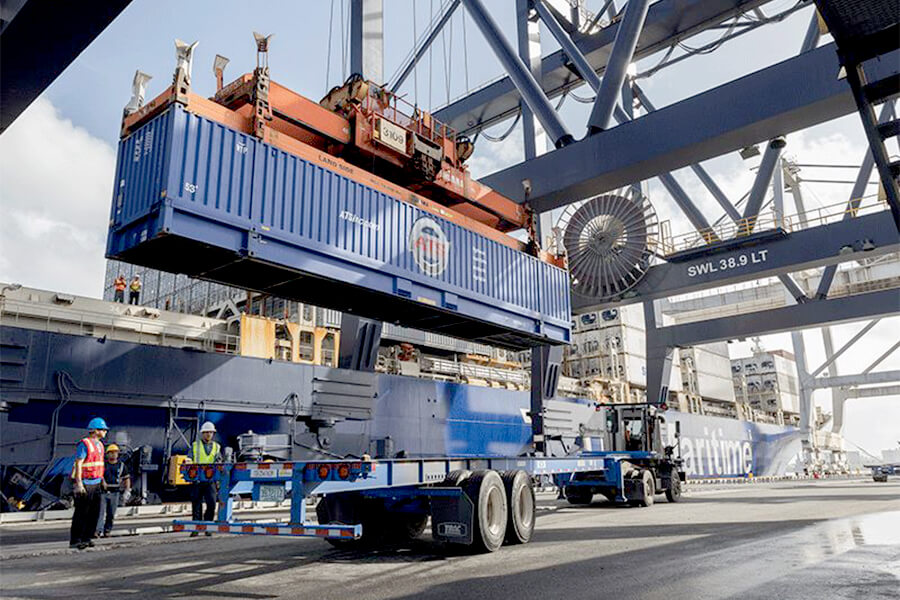Cross Stuffing is one of the key methods of moving and transferring goods in the field of international transportation, especially used in international trade. This method involves transferring goods from one container to another without the goods being directly transferred from ship to ship or to a warehouse. In this article, we will closely examine the cross-stuffing process, its stages, and the reasons for using this method. We will also discuss the applications of cross-stuffing in international trade, along with its advantages and disadvantages.
Why is Cross Stuffing Done?
Cross Stuffing is done for various reasons, which include the following:
- Cost Reduction: Using multiple ships or transit routes instead of direct shipping can significantly reduce costs. This is particularly important in cases where the direct route is very expensive. Additionally, using different ports can help reduce customs tariffs and port charges, allowing trading companies to increase their efficiency by reducing unnecessary costs.
- International Sanctions: In cases where the destination country is facing international sanctions, cross-stuffing is used as a solution to bypass restrictions and sanctions. This method allows trading companies to send their goods through countries that are not under sanctions to the final destination. This approach is particularly useful for sensitive and strategic goods that are under sanctions.
- Facilitating Customs Procedures: Sometimes cross-stuffing is required to complete customs formalities or comply with the regulations of the destination country. Some countries have specific laws regarding packaging, labeling, or container type, which may require container changes and cross-stuffing. This can help facilitate the customs process and prevent legal issues and delays.
- Changing Means of Transportation: In some cases, goods need to be transferred from sea transport to land or air transport. In such situations, cross-stuffing is used as an appropriate solution for changing the means of transportation. This is particularly important when land transport routes are faster and more cost-effective than sea routes.
- Increasing Flexibility in Supply Chain Management: Cross-stuffing helps trading companies to have more flexibility in managing their supply chain. Using this method, goods can be sent to different destinations or easily placed in new transit routes. This helps companies to respond to sudden changes in demand or market conditions and take advantage of new opportunities.
Steps for Performing Cross Stuffing
Cross stuffing involves various steps, which are briefly described as follows:
- Unloading Cargo from the Initial Container: The first step involves unloading the cargo from the main container. This is done in a loading area, which could be a port or a specific warehouse. Unloading requires the use of special equipment, such as cranes and forklifts, to ensure the cargo is unloaded safely and without damage. Safety and precision are crucial at this stage, as any mistake could lead to damage to the goods and increased compensation costs.
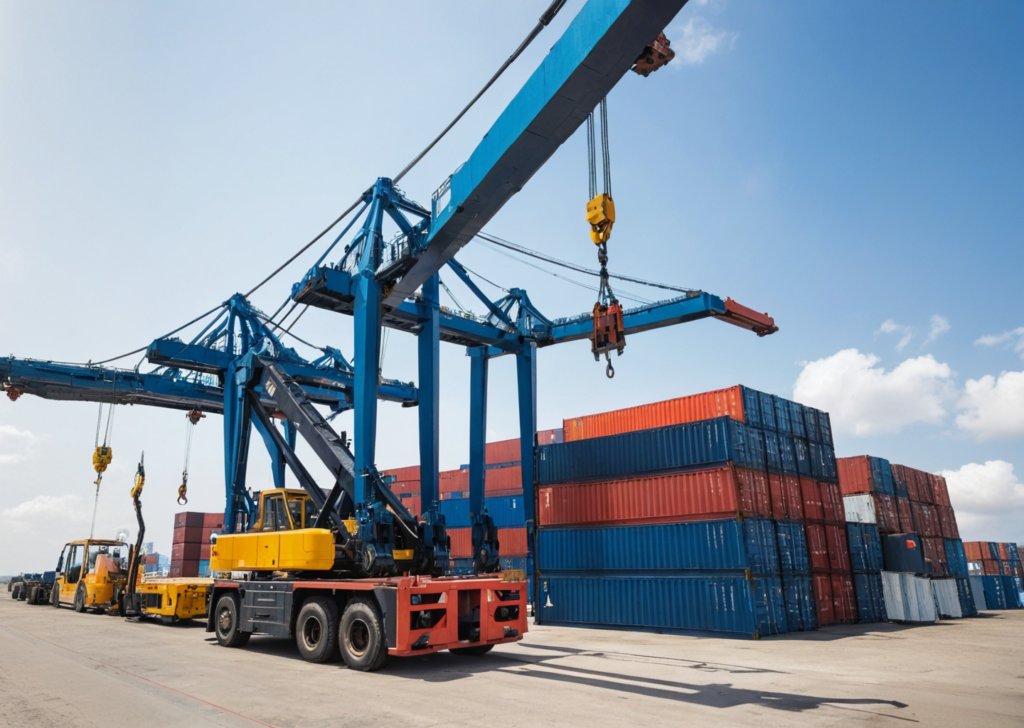
- Inspection and Document Verification: After unloading, the goods must be inspected to ensure they match the shipping documents. This inspection includes checking the quantity, type, and condition of the goods. Additionally, the shipping documents must be carefully reviewed to ensure there are no discrepancies. This step is of great importance, as any discrepancies can lead to serious issues in the clearance process and delivery to the customer.
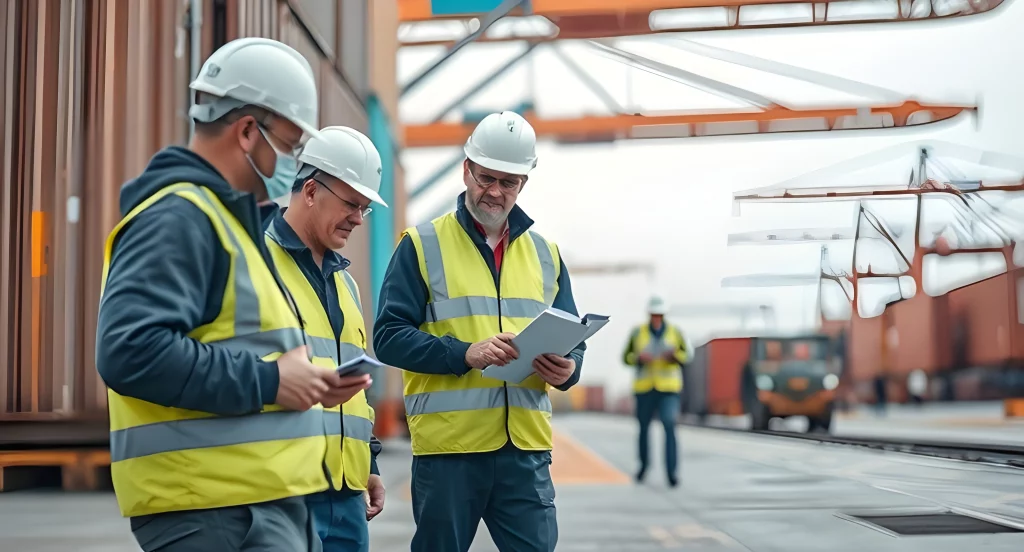
- Repackaging (if needed): In some cases, goods need to be repackaged to be safer for transportation. Repackaging may involve changing the type of packaging, reinforcing the packages, or adding additional protective layers. This step is crucial for sensitive and fragile goods to prevent damage during transport.
- Reloading into a New Container: After inspection and packaging, the goods are loaded into another container. At this stage, great care is required to ensure that the goods are loaded properly and securely. Proper packaging and the use of safety tools such as straps and pallets are very important at this stage to prevent damage to the goods. It is also necessary to use the container space optimally to reduce transportation costs.
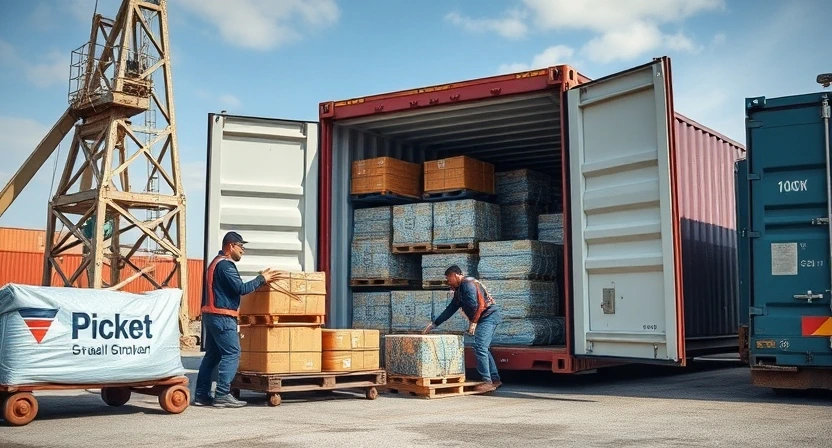
- Final Quality Control: After loading, final quality control is conducted to ensure that everything is properly packed and loaded. This stage includes re-checking the documents and container condition to ensure that there are no issues in the transportation process. Final quality control helps reduce the risk of damage and ensures that the goods are delivered in optimal condition.
- Shipment to Final Destination: After loading and quality control, the new container is ready to be shipped to the final destination. This stage may involve land or sea transportation. It is also necessary to ensure that the necessary documents for customs clearance at the destination are ready to avoid any delays in the customs process. Careful planning at this stage can help reduce delivery time and increase customer satisfaction.
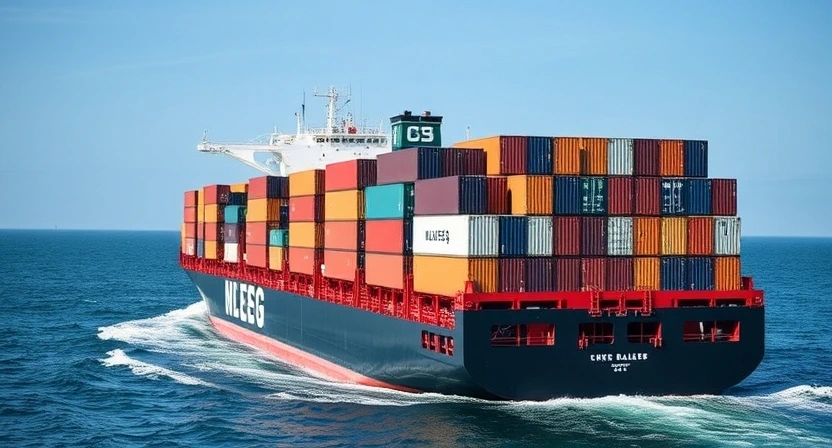
Advantages and Disadvantages of Cross Stuffing
Advantages
- Flexibility: Cross-stuffing allows for easy rerouting of goods and avoids various restrictions. This flexibility is especially valuable in situations where issues such as sanctions or sudden changes in transportation schedules arise. Companies can easily choose new routes and respond to market changes.
- Cost Reduction: Using different ships or transit routes can reduce transportation costs, especially when lower-cost routes can be used or port fees can be reduced. This allows companies to lower the total cost of goods and increase their competitiveness.
- Increasing Speed in Some Cases: In some situations, cross-stuffing can help increase the speed of delivery. For example, when faster routes are available, changing the container and route can reduce delivery time. This can lead to improved customer service and increased customer satisfaction.
- Bypassing Legal Restrictions: In cases where international sanctions or legal restrictions exist, cross-stuffing is used as a solution to bypass these restrictions. This allows companies to continue their trade under complex conditions and legal limitations.
Disadvantages
- Increased Time: Carrying out the various steps of cross-stuffing can take more time than direct shipping. Each step, including unloading, inspection, repackaging, and reloading, requires time and precise coordination, which can lead to a longer overall process. This may increase the delivery time of goods to customers and negatively affect their satisfaction.
- Increased Risk of Goods Damage: Each unloading and loading operation can increase the risk of damage to the goods, especially if the goods are sensitive or if the packaging is not sufficiently robust. Improper packaging or lack of care during unloading and loading can lead to financial losses and a decrease in the quality of the goods.
- Need for More Equipment and Coordination: Cross-stuffing requires more equipment and manpower, as well as precise coordination between different parties, which can increase costs and complexity. Insufficient equipment or improper coordination can lead to process delays and increased costs.
- Legal Complexities: Cross-stuffing may involve complex legal and customs issues. Each country has its own regulations regarding clearance and transit of goods, and failure to comply with these regulations can lead to heavy fines or even confiscation of goods.
Applications of Cross Stuffing in International Trade
Cross stuffing is widely used in international trade. For example, trading companies importing goods from China to Iran may use cross-stuffing to first move the goods to a port in the Persian Gulf, and then import them into Iran via land transportation. This method helps avoid costly direct routes and allows for transportation at lower costs and with greater flexibility.
In international trade, cross-stuffing is particularly used in cases where goods need to pass through countries that are not under sanctions. Additionally, for goods that require a change in the means of transportation, such as transferring from a ship to a truck, cross-stuffing acts as an appropriate solution. For example, goods sent from Europe to Central Asian countries may be cross-stuffed through Iranian ports and then transported overland to their final destination.
Additionally, cross-stuffing is used in cases where goods require customs inspections and compliance with different regulations. This method helps companies move their goods to the destination in compliance with the destination country’s laws, avoiding legal issues and unnecessary delays. Furthermore, cross-stuffing allows companies to respond to sudden changes in market conditions and customer needs, providing greater flexibility in supply chain management.
Key Points in Cross Stuffing
- Precise Coordination: Carrying out cross-stuffing requires precise coordination between all parties involved in the transportation, including shipping companies, port staff, and land transportation companies. Any lack of coordination can lead to delays or even damage to goods. Proper coordination between different teams can help reduce costs and increase efficiency.
- Importance of Documentation: In cross-stuffing, transportation documents must be accurately reviewed and verified to prevent any customs issues. A mismatch between documents and goods can lead to heavy fines or even confiscation of the goods. Having complete and accurate documentation is of great importance and helps facilitate the customs process.
- Proper Equipment: Using the right equipment for unloading and loading goods is very important. Insufficient or improper equipment can lead to damage to goods and increased costs. Having proper equipment such as cranes, forklifts, and safety tools can help reduce the risk of damage and increase efficiency.
- Workforce Training: The workforce involved in cross-stuffing must receive the necessary training to perform this process safely and efficiently. Proper training can help reduce errors and increase safety during the unloading, inspection, and loading stages.
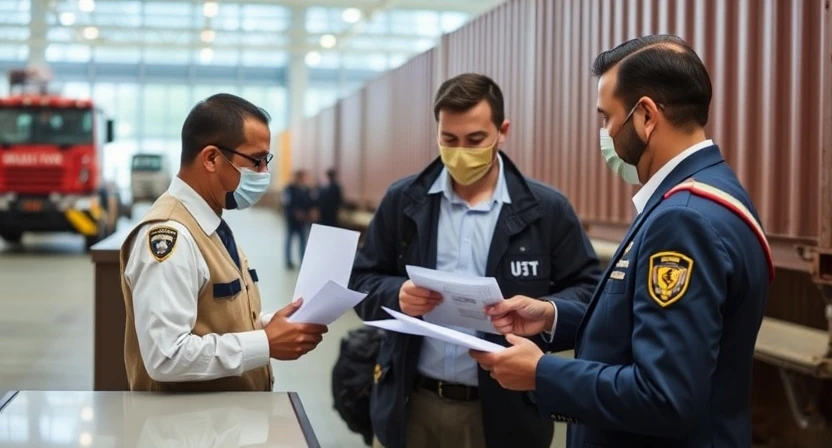
Cross-stuffing is one of the critical methods for moving goods in international trade, and depending on its advantages and disadvantages, it can be the best choice in certain situations. This method helps reduce costs, provides greater flexibility in transportation, and ensures compliance with sanctions and customs regulations. However, the increased time and associated risks must also be considered. To use cross-stuffing successfully, precise coordination, proper equipment, and thorough document verification are required to ensure the process is carried out safely and efficiently.
Cross-stuffing, as an important tool in international trade, allows for the movement of goods between different routes and adaptation to changing conditions. This method can be especially useful in times of crisis and situations that require a rapid change in transportation plans. Considering the advantages and disadvantages of this method, it can be used as a strategic solution for better supply chain management and cost reduction.
Additionally, cross-stuffing helps trading companies respond to sudden changes in market conditions and customer needs, providing greater flexibility in supply chain management. This method can lead to improved customer service, reduced operational costs, and increased efficiency in the international transportation process.
